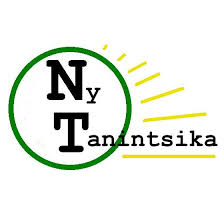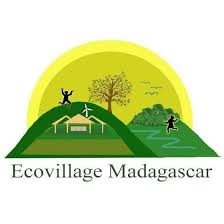
Marolambo
On the plan
Area 95 063 Ha
VISIT US
Depending on your means of transport :
- Ground Transportation
- Roads : Secondary, sometimes accessible by 4*4 car
- Means of transport: 4*4 truck/car, motorcycle, cart, on foot (back-packing, rugged terrain in eastern part)
- Maritime transport
None
- Air transport
None
Reception infrastructures
At present, there is no infrastructure in place, but wilderness camping is a strong possibility.
Advisory equipment
The Park is in a high rainfall zone, so please bring the following equipment:
- Raincoats,
- Rain boots,
- Tents,
- Equipment that can withstand high humidity (waterproof equipment if possible),
- Insect repellent (especially against mosquitoes).
Fees and charges
Download the reference document to find out more about park fees and charges.
The circuits
| Tours | Summary | Difficulty | Duration | Tour plans |
|---|---|---|---|---|
| Kayaks tour | Accessible in 4 hours by 4*4 car from the town of Fandriana (UG Marolambo office). Crossing the heart of the Marolambo National Park forest to the towns of Mananjary and Mahanoro. | |||
| Tour to Andrevaronina waterfall | The tour includes trekking, visiting and crossing the heart of the Marolambo National Park forest (birds, lemurs, landscapes). |








